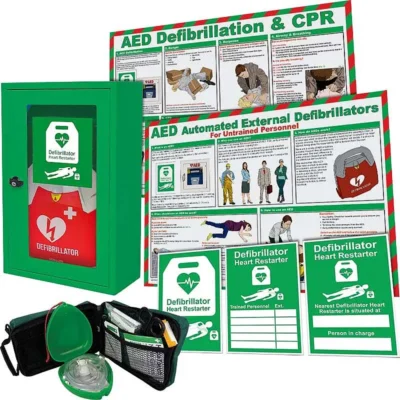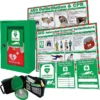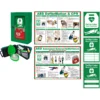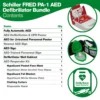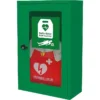Defibrillators are critical lifesaving devices that deliver an electric shock to the heart to restore its normal rhythm in the event of sudden cardiac arrest. These devices are vital in workplaces, as sudden cardiac arrest can occur without warning and requires immediate intervention to increase the chances of survival. Defibrillators are typically located strategically throughout the workplace in easily accessible locations, such as near main entrances, break rooms, or high-traffic areas. By placing defibrillators in prominent and readily accessible locations, employers ensure that employees and visitors can access them quickly in the event of an emergency.
Defibrillators are used by trained personnel or designated first responders who have undergone appropriate training in cardiopulmonary resuscitation (CPR) and defibrillator operation. In many workplaces, designated employees receive certification in CPR and defibrillator use as part of their safety training. These individuals are responsible for responding to medical emergencies, including sudden cardiac arrest, and administering prompt and effective treatment using the defibrillator. By empowering employees with the knowledge and skills to use defibrillators, workplaces increase the likelihood of successful outcomes in medical emergencies and contribute to a safer and more prepared environment for all.

